TEMPLATE_START
What Are the 5 Parts of a Mineral?
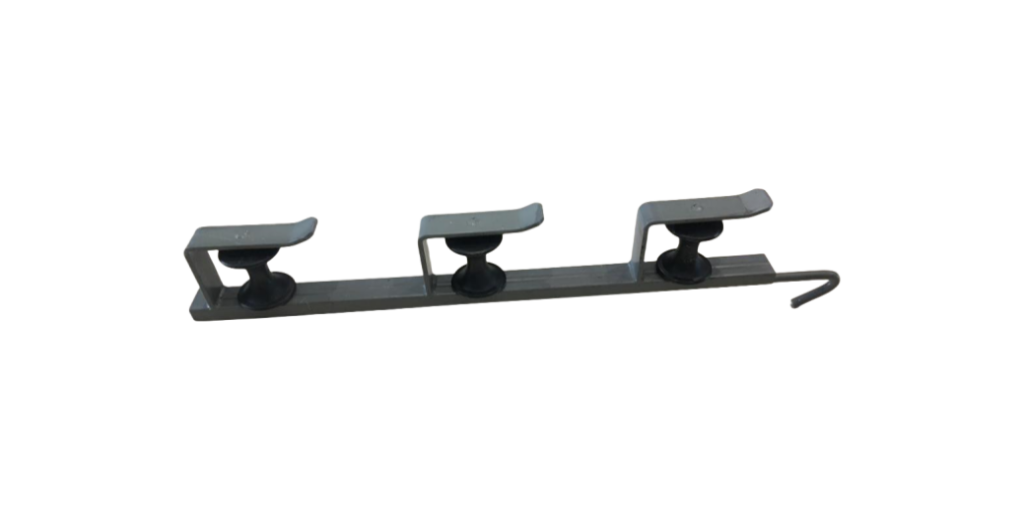
Minerals are the building blocks of rocks, but how can we categorize and identify them? Let’s dive into their basic components.
Snippet paragraph: Minerals are made of specific components, classified by their properties. Here’s what you need to know.
Transition paragraph: Read on to understand how minerals are defined and classified based on key components and properties.
What are the five components of a mineral?
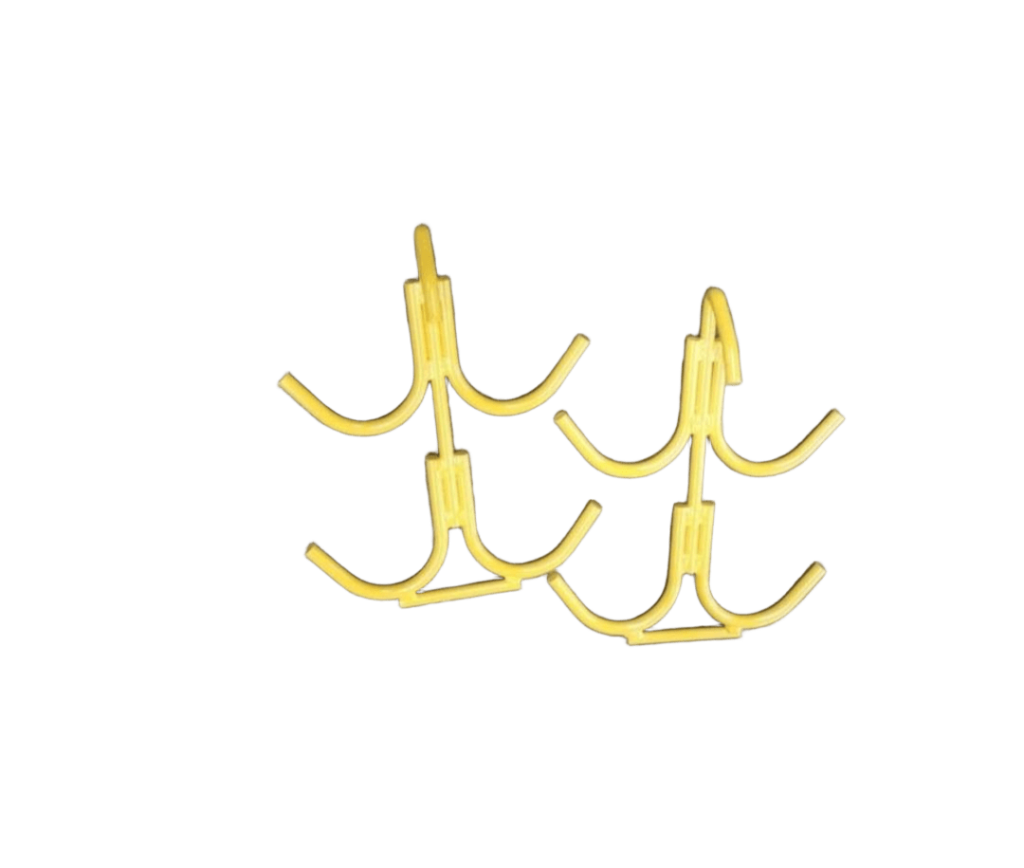
Minerals are naturally occurring, inorganic substances with distinct characteristics. The five main components of a mineral are its chemical composition, crystal structure, physical properties, color, and hardness.
Chemical Composition
The chemical composition of a mineral refers to the elements that make up the mineral. This can include metals like iron, copper, or magnesium, along with other elements such as oxygen and silicon. Each mineral has a specific combination of these elements that give it its unique properties.
Crystal Structure
The crystal structure describes how the atoms in a mineral are arranged. These atoms form repeating patterns that define the shape and structure of the mineral. For example, the arrangement of atoms in quartz forms a hexagonal structure.
Physical Properties
Physical properties are the observable characteristics of a mineral, such as its texture, density, and luster. These features help to identify the mineral and distinguish it from others.
Color
Color is another component of a mineral, but it can sometimes be misleading. For instance, minerals like quartz can appear in various colors, depending on impurities or other factors. However, color remains a useful tool in mineral identification.
Hardness
Hardness measures how resistant a mineral is to scratching. This is typically tested on the Mohs scale, which ranks minerals from 1 (softest) to 10 (hardest). Hardness helps identify minerals and can determine how they are used in various industries.
What are the 5 classifications of a mineral?
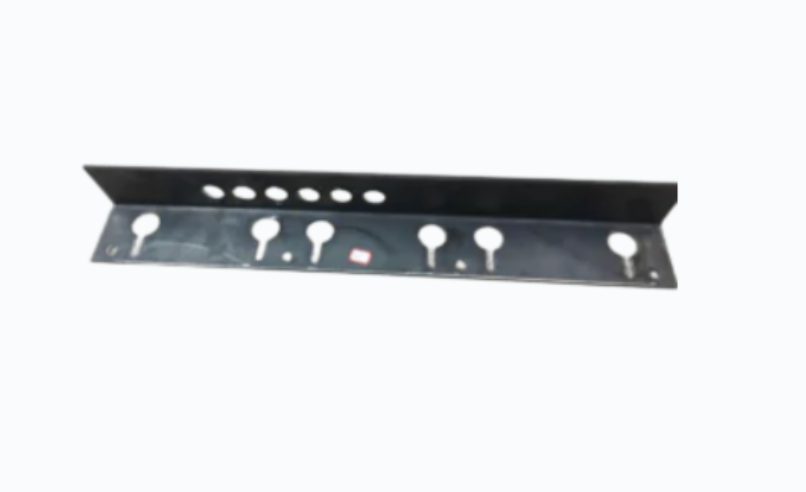
Classifying minerals is essential for understanding their properties and uses. Minerals are divided into five major classes based on their chemical composition.
- Silicates: The most abundant group, silicates contain silicon and oxygen, often combined with metals like aluminum and magnesium.
- Oxides: These minerals are composed of oxygen and one or more metals, such as iron oxide.
- Sulfides: Sulfide minerals contain sulfur combined with metals like copper and lead.
- Carbonates: Carbonates include minerals like calcite, which contain carbonate groups (CO3).
- Halides: These minerals form from the combination of halogen elements like chlorine and sodium.
What are the 5 properties of a mineral?
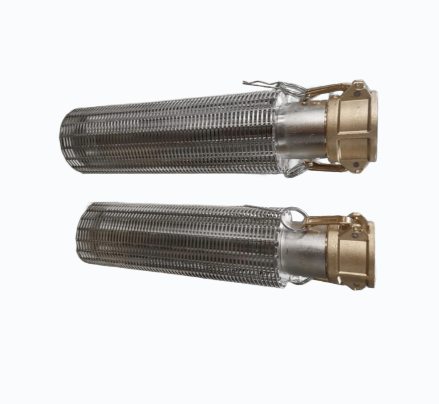
Minerals are identified through several distinct properties. Here are five key properties:
- Hardness: As mentioned, this property measures how easily a mineral can be scratched.
- Luster: Luster refers to how a mineral reflects light. It can be metallic or non-metallic.
- Cleavage: Cleavage is how a mineral breaks along specific planes of weakness, resulting in smooth surfaces.
- Fracture: Fracture occurs when a mineral breaks unevenly or without a clear pattern.
- Specific Gravity: This property refers to the density of the mineral. It’s the ratio of the mineral’s weight to the weight of an equal volume of water.
What are the 5 criteria that something has to have to be called a mineral?
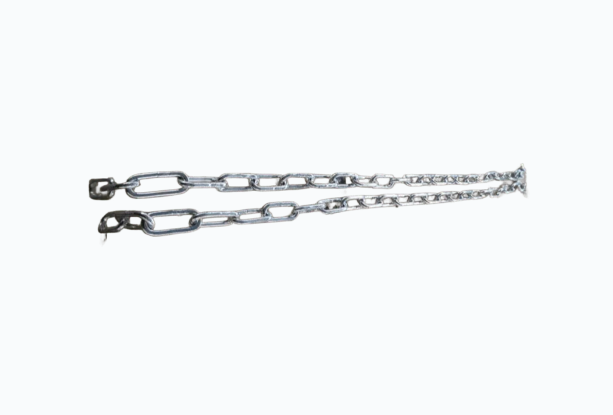
For something to be classified as a mineral, it must meet five essential criteria:
- Naturally Occurring: A mineral must form naturally in the Earth and not be man-made.
- Inorganic: Minerals must not come from living organisms or materials derived from them.
- Solid: Minerals must be solid at room temperature.
- Specific Chemical Composition: Minerals have a consistent chemical structure that defines their identity.
- Orderly Crystalline Structure: Minerals must have an ordered atomic structure.
Conclusion
Understanding the components, properties, classifications, and criteria of minerals is essential for both geologists and industry professionals.
TEMPLATE_END







